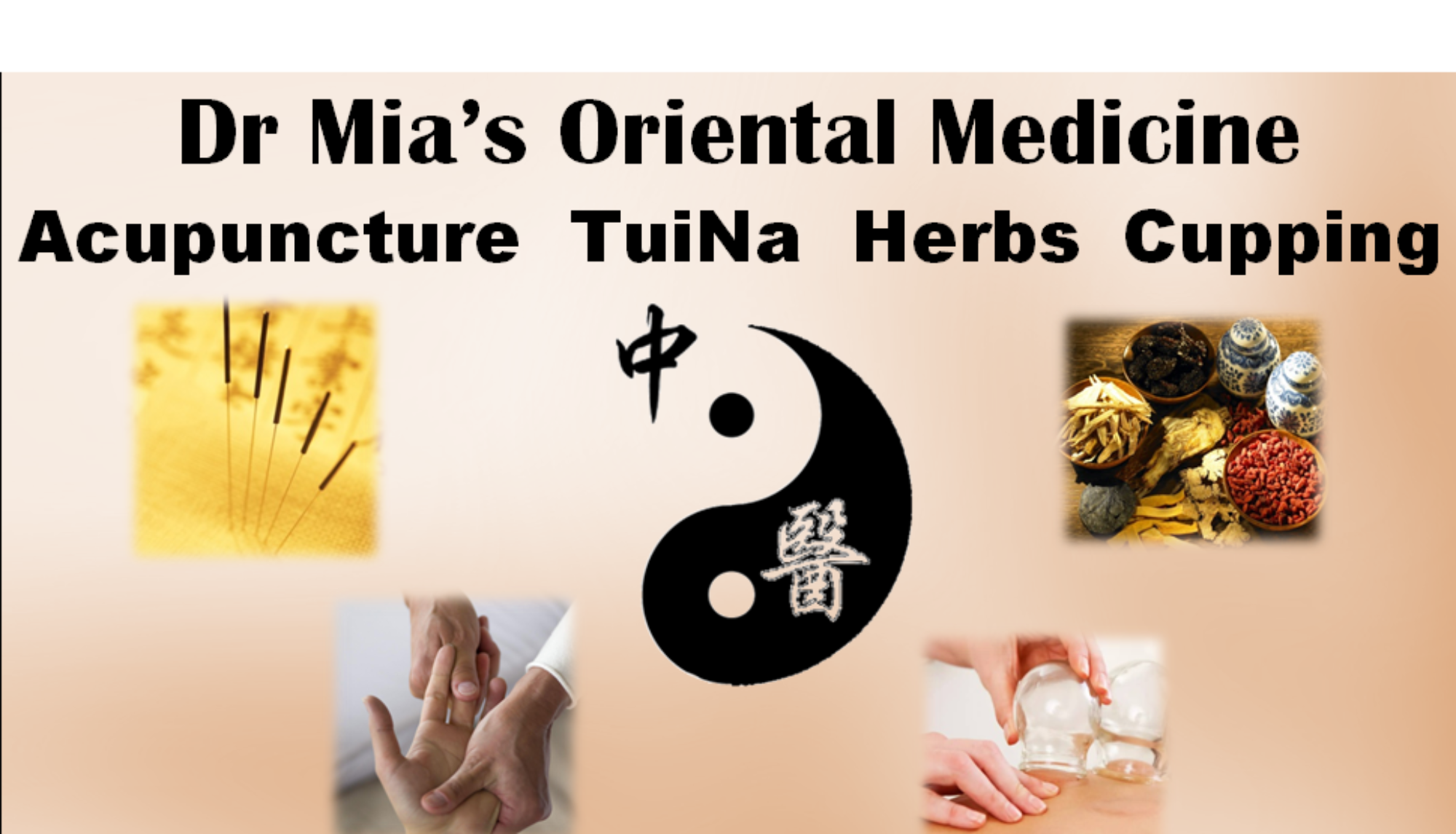Luo Connecting Points Theory and Applications
- Luo Connecting Points are where a separate channel splits off from the main flow and connects with the Yin/Yang paired meridian.
- Can be used to diagnose and treat channel problems based on fullness (pain, heat) or emptiness (stiffness, weakness).
- May be used to treat the Yin/Yang paired organ.
- May be used to treat emotional disharmonies.
- There are 4 group luo points which are used in cases where 3 related meridians are imbalanced.
- There are 16 connecting channels: 1 for each of the 12 meridians, a great luo point for the ST as well as the SP in addition to their regular luo points, 1 for the CV and 1 for the GV.
- LU separates at LU 7, follows the LU channel into the palm, spread through the thenar eminence and connects with the LI
- LI separates at LI 6, joins the LU meridian, ascends the arm going through LI 15 to the jaw where it divides, one branch going to the teeth and the other enters the ear
- SP separates at SP 4, connects with the ST meridian, ascends up the medial aspect of the leg and connects with the Stomach and intestines
- SP Great Luo separates at SP 21, spreads through the chest and the lateral costal region
- ST separates at ST 40, joins the SP, ascends the leg and continues to the base of the neck where it joins the Qi of the other yang channels and terminates in the throat
- ST Great Luo is sometimes seen as a throbbing below the left breast and connects with the LU
- HT separates at HT 5, joins the SI, follows the HT meridian to the HT and continues to the root of the tongue and into the eyes
- SI separates at SI 7, joins the HT, ascends the arm at connects with LI 15
- KD separates at KD 4, encircles the heel and enters internally connecting with the UB, follows up to a point below the heart and travels posteriorly spreading into the lumbar region
- UB separates at UB 58, connects with the KD meridian
- PC separates at PC 6, connects with the TH, ascends along the TH and connects with the PC and the HT
- TH separates at TH 5, travels up the posterior aspect of the arm and joins the PC in the chest
- LV separates at LV 5, connects with the GB and travels up the legs to the genitals
- GB separates at GB 37, connects with the LV, descends and disperses over the dorsum of the foot
- CV separates at CV 15, descends and disperses over the abdomen
- GV separates at GV 1, ascends bilaterally along the sides of the spine to the base of the neck, spreads out over the occiput
Luo Connecting Points Chart – (Point Details)
| LU | LU7 | LI | LI6 |
| SP | SP4 | ST | ST40 |
| HT | HT5 | SI | SI7 |
| KI | KI4 | UB | UB58 |
| PC | PC6 | SJ | SJ5 |
| LR | LR5 | GB | GB37 |
Yuan Luo – Guest/Host – Point Combinations in Clinical Practice
- If a meridian is deficient you tonify the Yuan Source point and disperse the Luo Connecting point on it’s Yin/Yang paired meridian
- If a meridian is excess you disperse the Yuan Source point and tonify the Luo Connecting point on it’s Yin/Yang paired meridian
- Some Examples:
- LI 4 (source) w/ LU 7 (luo) – sore throat, nasal congestion, colds and respiratory flu
- LU 9 (source) w/ LI 6 (luo) – acute upper body edema
- SP 3 (source) w/ ST 40 (luo) – phlegm
- HT 7 (source) w/ SI 7 – psycho-emotional issues
- KD 3 (source) w/ UB 58 (luo) – lower back problems, weakness in the lower limbs
- LV 3 (source) w/ GB 37 (luo) – eye problems caused by LV disharmonies

